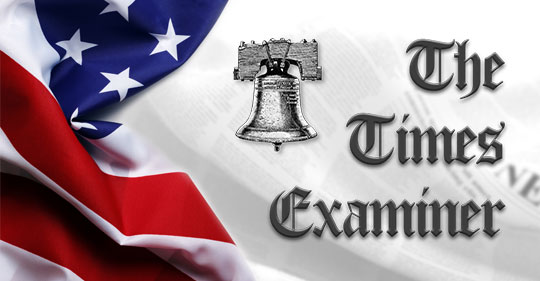- Trump IS fighting for the life of our Nation
- Spinning the Catholic Killer's Bio
- Can't Sit Still Pop a Pill (Part I)
- Avenging Charlie Kirk: The Conservative Redemption of Liberal Academia
- Top 20 Nations Ranked by 2025 GDP (PPP)
- Tennessee and the Return to Common Sense: Historical Education is in Fact Safety
- The American Spectator
- Congress Takes a Holiday from Oversight
- Leibniz and Calhoun: The Christian March of Progress and Postmillennial Truth
- A Seat at the Table, Not Just a Chair in the Room
- Mainstream Media Lies about Project Ukraine
- National Debt to GDP Ratios Survey
- Venezuela Briefing 9-15-2025
- Now We Must Ask: ‘QUO VADIS” America?
- Ukraine War Update September 22, 2025
Wade Hampton III - Governor, US Senator, Private Citizen - Part 11
- Details
- By Bob Dill - Publisher of The Times Examiner
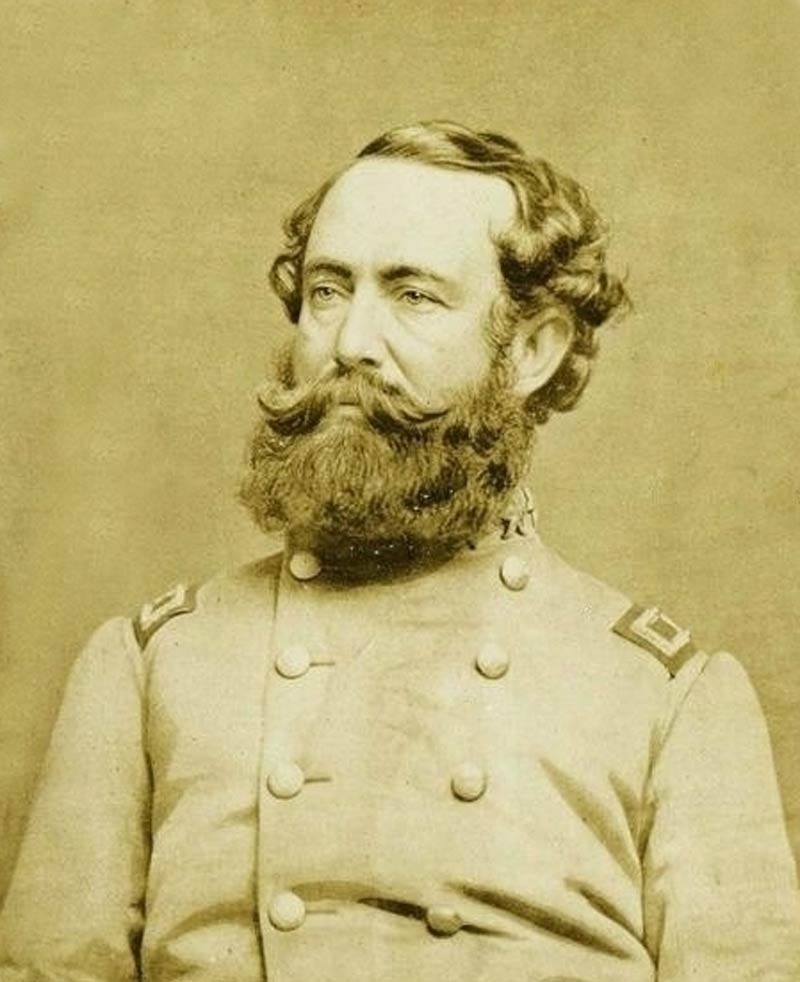
After Wade Hampton III was installed as Governor of South Carolina, and Republican Rutherford B. Hayes of Ohio was inaugurated as President of the United States, President Hayes invited Gov. Hampton to Washington for an audience at the White House.
Hayes had been a Union general during the war and the two old soldiers had war experience in common. “Evidence suggests that the two old soldiers not only reached an accommodation of sorts, but also established a close personal relationship,” according to Edward G. Longacre in Gentleman and Soldier: The Extraordinary Life of General Wade Hampton.
Later they “jointly toured parts of the South and stood side-by-side in urging reconciliation between the sections.” A few years later, some of Hampton’s allies with political aspirations in South Carolina would use his relationship with the “Yankee president” against him.
Wade Hampton, Troops in the Statehouse - Part 10
- Details
- By Bob Dill - Publisher of The Times Examiner
General Wade Hampton III, whose ancestors had fought Indians in the Upstate and British during the American Revolution had been a brilliant and fearless military leader in defense of his homeland. Federal troops under Gen. Sherman had invaded his beloved state, looted and torched his home and that of his family and neighbors, leaving him virtually penniless and his family homeless.
The powers that ruled South Carolina for almost a decade during “Congressional Reconstruction,” had “caused more destruction than the four years of war.”
Conditions Leading to: Wade Hampton’s Campaign for Governor - Part 8
- Details
- By Bob Dill - Publisher of The Times Examiner
 General Wade Hampton and his family, as did other South Carolinians following the war, found themselves economically worse off than the pre-war slaves.
General Wade Hampton and his family, as did other South Carolinians following the war, found themselves economically worse off than the pre-war slaves.
“The people, both black and white, were left to starve,” wrote William Gilmore Simms, the well-known author who experienced the horror following the surrender of General Lee to Gen. Grant.
“The only means of subsistence to thousands but lately in affluence was the garbage left by the abandoned camps of the Federal Army and stray corn scraped up from the spots where army horses and mules had been fed.”
Simms concludes: “But no language can describe the suffering which prevailed… when pride compels them to starve in silence.”
Wade Hampton and the “Red Shirts” - Part 7
- Details
- By Bob Dill - Publisher of The Times Examiner
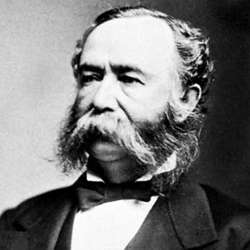
In 1876, South Carolina entered its eleventh year of military subjection after the WBTS and its ninth year Radical Republican Reconstruction rule. During this time, South Carolina had undergone such great humiliation, degradation, and corrupt misrule that it had come to be referred to in the national and international media as “The Prostrate State,” a name which, in reality, was an understatement.
Financially, the State was ruined. Property values had plummeted, some claiming that the property destruction during the Reconstruction period was more than that of the Civil War itself. Taxes soared dramatically and much land was confiscated. State debt increased to the point of being virtually worthless.
Wade Hampton III, Surviving in the “Prostrate State” – Part 6
- Details
- By Bob Dill - Publisher of The Times Examiner
General Wade Hampton and his Legion fought valiantly and Hampton, although suffering multiple wounds, survived the protracted war. The homeland, however had been subjected to the scorched-earth policy of President Lincoln carried out by General Sherman and his army of “foragers,” who took with them or destroyed everything they could find that was meaningful to the Hampton family and their neighbors. Although all of the eyewitnesses are now dead, they left a recorded history of the terror they experienced during the period from 1864 – 1876. In fact, some of the children, grandchildren and great grandchildren of those eyewitnesses are alive today and recall the harrowing stories passed on to them by their ancestors.
Wade Hampton III: Combat - Part 5
- Details
- By Bob Dill - Publisher of The Times Examiner
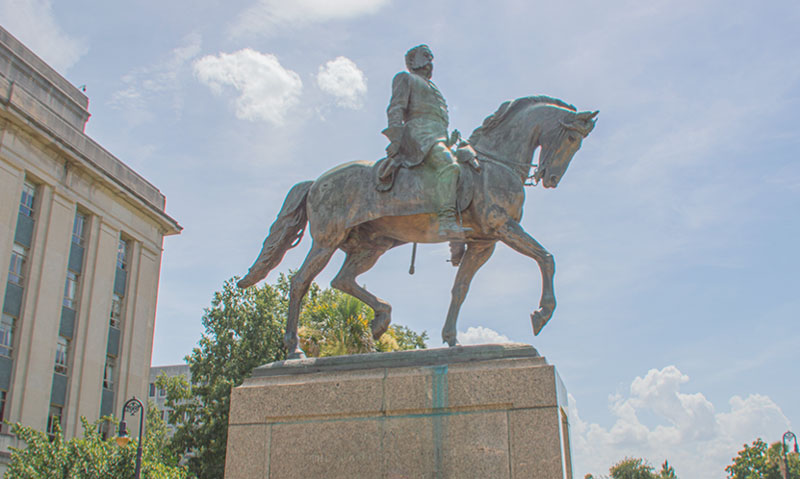
General Wade Hampton III stands alone as one of the greatest warriors of all time. General Hampton was wounded more than five times in the service of his country. He raised troops, arms and money for the service of the Confederacy. He lost his fortune, home and a son as a result of his unselfish devotion to his countrymen. He did not however lose a major engagement in the face of the enemy while in command of a group of fighting men. Confederate History is American History and Wade Hampton III is truly one of the greatest Americans of all time.
Wade Hampton entered the Confederate States service shortly after the bombardment of Fort Sumter in Charleston, South Carolina, April 12, 1861. Hampton traveled to Charleston to personally recruit men for his Legion and the Confederacy. He paid for newspapers to publish calls for volunteers around the State. He was concerned that he was too late to recruit as calls went out after secession for volunteers to enter service in the South Carolina Militia. Hampton interviewed men from the Army, Navy, the Citadel Cadets and civilian life for his recruitment. In seven days he had more men than he could use.
Wade Hampton III: The Winds of War - Part IV
- Details
- By Bob Dill - Publisher of The Times Examiner
 The election of Abraham Lincoln President of the United States in 1860, in the minds of most South Carolinians, meant war against the South in the near future was certain.
The election of Abraham Lincoln President of the United States in 1860, in the minds of most South Carolinians, meant war against the South in the near future was certain.
No one wanted to avoid war more than Wade Hampton III, who had become one of the more successful planters in the region.
By that time, probably to please his father, Wade had entered politics. He had been elected to the South Carolina House of Representatives and after one two-year term had made a successful run for the State Senate.
Wade Hampton III: Honor A Sacred Trust – Part 3
- Details
- By Bob Dill - Publisher of The Times Examiner
Honor was a sacred trust for a Southern Gentleman. The third Wade Hampton had been taught that he had certain obligations to his race, class and region. At all times, and especially when facing adversity, he was expected to behave as a gentleman– sober, self-composed and most of all, polite. He was expected to uphold his family’s honor and never allow his actions to tarnish the Hampton name.
Young Wade III was quite protective of his 4 teenage sisters who spent much of their youth without the guidance of a mother. One situation within the extended family came close to sparking drastic action by Wade, who had the strength of character to rely on self-discipline to save the day.
Wade Hampton: Tyger River Roots – Part 2
- Details
- By Bob Dill - Publisher of The Times Examiner
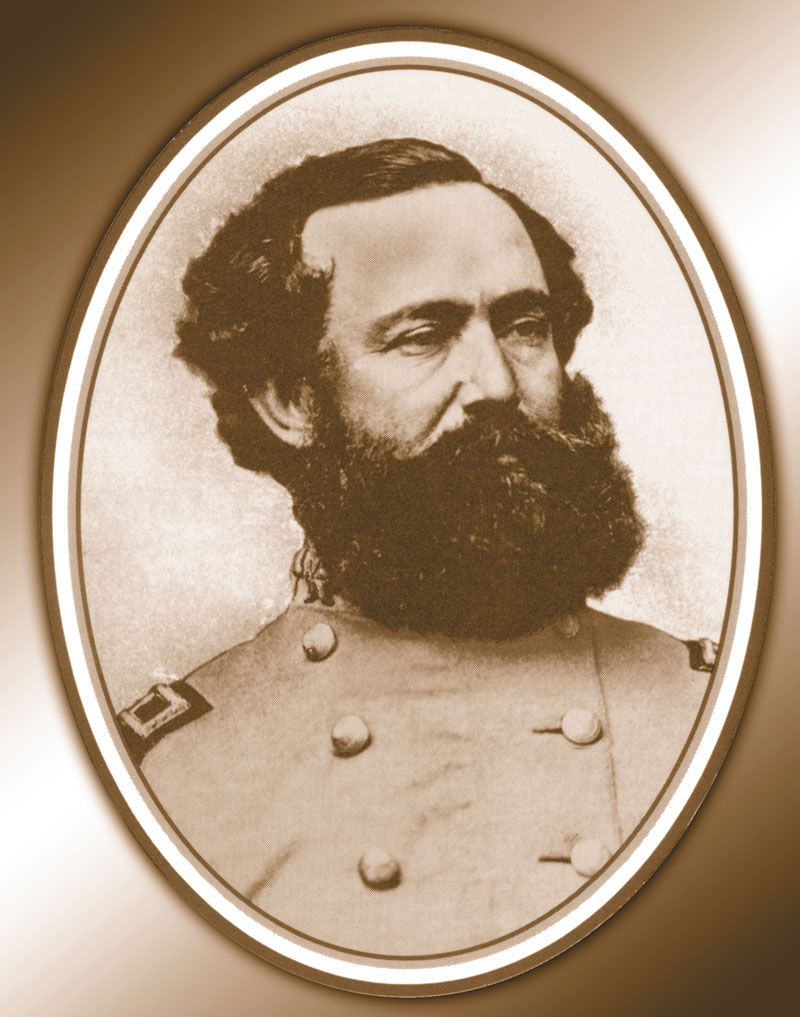
General Wade Hampton III led the Second American Revolution in South Carolina in 1876, one hundred years after the first American Revolution in which his grandfather participated. The first Wade Hampton grew up on the Tyger River in what is now Spartanburg County, just east of Greer, across the river from the current Tab’s Flea Market.
A unique stone monument with engraved granite marker stands beside Wade Hampton Boulevard near where the Hampton family carved out a farm in the wilderness and began to make their mark on South Carolina and American History. The monument was erected by the Stonewall Chapter of the United Daughters of the Confederacy in 1933.
Wade Hampton: Southern Gentleman - First in a Series
- Details
- By Bob Dill - Publisher of The Times Examiner

A high school and a major highway in Greenville County, South Carolina carries the name of Wade Hampton. A statue of the man, larger than life mounted on a horse, stands proudly on the grounds of the South Carolina State Capitol. Members of the Hampton-Lee Chapter of the United Daughters of the Confederacy (UDC) honor his memory in the Upstate to this day. Yet few South Carolinians and virtually no newcomers to the state and region know very much about this historical figure, his contributions and sacrifices and ultimately, the impact his life has had on the history of the Palmetto State.
Wade Hampton’s Spy Network
- Details
- By Bob Dill, Publisher
I have studied the life of Wade Hampton III for much of the past two decades. In my view, in many respects, Wade Hampton III was one of the greatest citizens ever produced by the Palmetto State. Until recently, I had never heard of his “Iron Scouts.”
A good friend invited me to hear a presentation by the author of a book titled “Wade Hampton’s Iron Scouts.” at the Poinsett Club.
Michael Thomas is a native South Carolinian, Citadel Graduate and historian, who has spent a great deal of time researching military historic records and writing this very interesting original historical story.

The Late Col. Bobby "Bob" Mendel Dill, US Army, Ret., founder of The Times Examiner, was a native of Greenville County, South Carolina. He retired as a Colonel for the U.S. Army and has a legacy not just in the military serving in Vietnam and the Pentagon but as a veteran of the writing pen here in the upstate. He oversaw all the US Army’s commissaries worldwide. He was a member of the American Legion Post 214, Sons of Confederate Veterans, and Order of the Palmetto.
